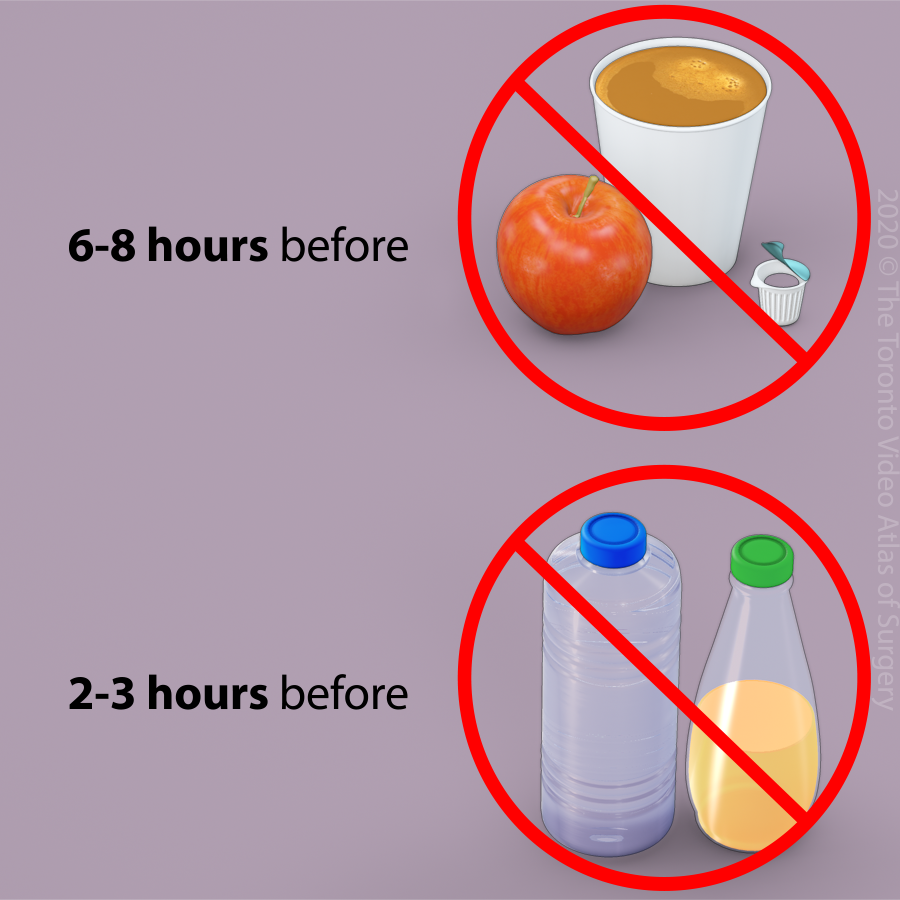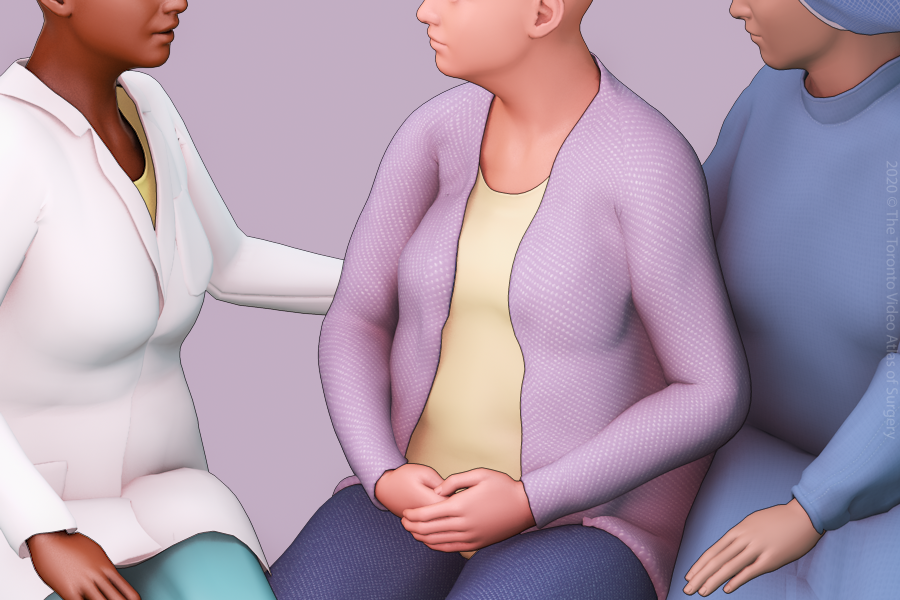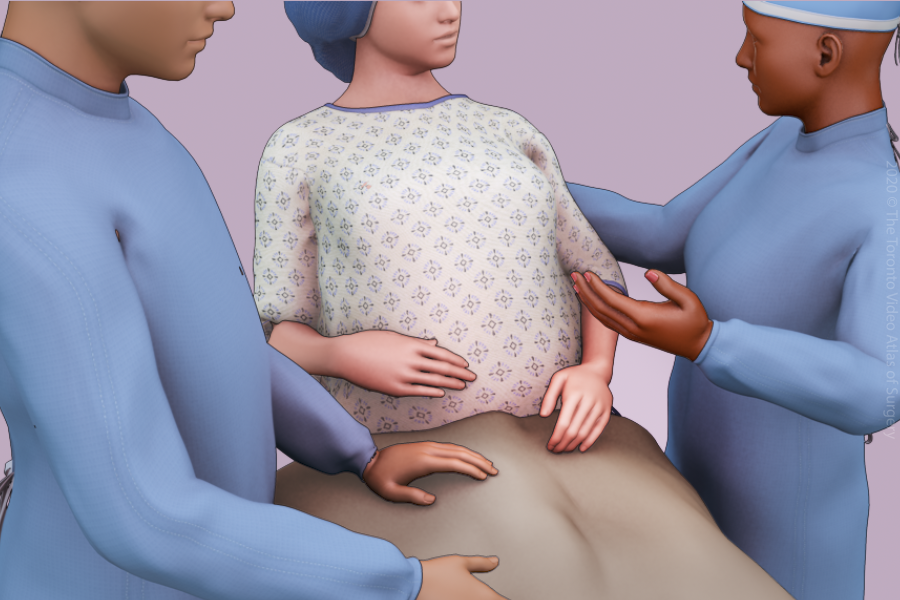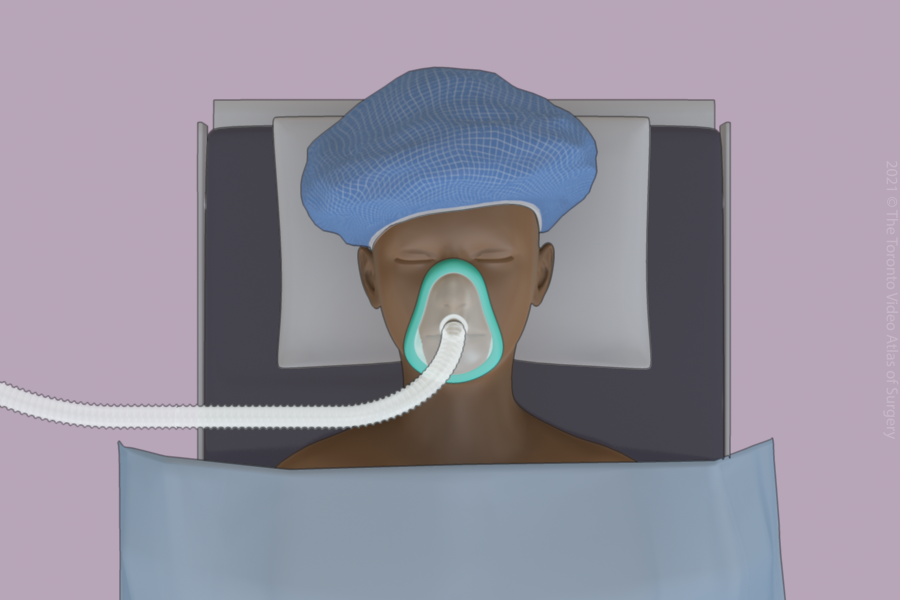What to expect
Preparing for your laparoscopy - Before your laparoscopy procedure.


Diet
STOP eating solids or drinking non-clear fluids 6-8 hours before
(eg. milk, juice with pulp, coffee with milk).
STOP drinking clear fluids 2-3 hours before
(eg. water, juice without pulp, black coffee, clear tea).

Hair removal is not required

Nail polish is permitted

Arrival
Usually 2 hours before your surgery time.

Clothing
You will be asked to change into a hospital gown once you arrive.

Nursing care
An intravenous (IV) line will be placed in your hand to give you fluids and medications during your procedure.

In preparation for your procedure, you will be brought to the operating room where you will meet several members of the medical team involved in your surgery, including:

The anesthetist
Who will be putting you to sleep.

The surgeon
Who will be performing your laparoscopy.

The surgical assistants
There will be at least one surgical assistant who is a resident, a fellow, or another staff doctor.

The nursing team
Who will assist with the surgery.
Some hospitals also have students in any of these roles who may be assisting or observing the procedure.
The size of your team does not necessarily reflect the complexity of your case. Rather, there are many hands to take good care of you!


A surgical safety checklist will be performed prior to starting your surgery. The surgical safety checklist is important to make sure that everyone in the room (including you!) agrees with the surgical plan.

It is also an opportunity for you to ask any last minute questions. You will be asked to confirm your name and birthdate. Then the surgeon will review the procedure out loud.

The anesthetist and the nursing team will review your history and ensure that all the required equipment is in the room.


General anesthetic
For laparoscopy you must be asleep for the procedure (general anesthesia) to allow the surgeon to see and operate safely.